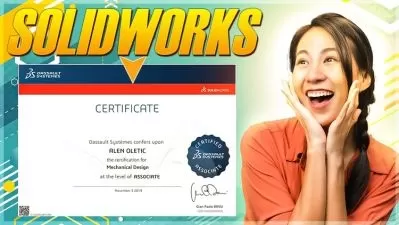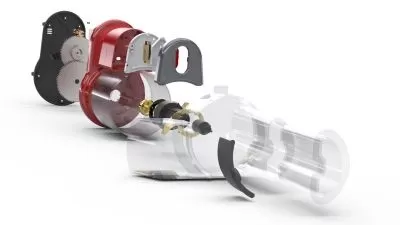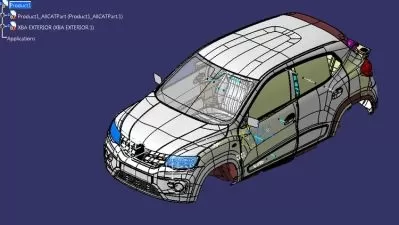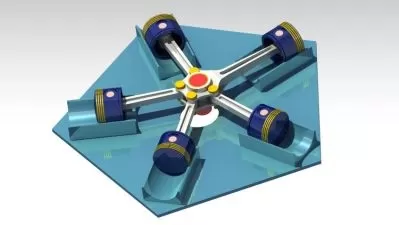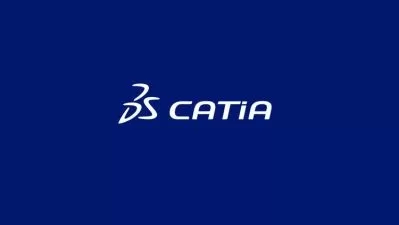Fundamentals of Mill and Lathe Machines
CNC Tech
35:40
Description
Machining Processes: Intro to Mill and Lathe Operation
What You'll Learn?
- Learn the basics of Mill and lathe machines
- Machine components
- Single-point and multiple-point methods
- Working with metals and wood
- Using cutters such as end mills
- Materials used to make cutting tools
Who is this for?
More details
DescriptionBoth lathes and milling machines change the shape and size of objects to create quick and accurate outcomes. A lot of furnishing is done to perfect the end product, but the primary job is done by these two machines.
In this course, you will learn the fundamentals of mill and lathe machines. Whether you’re operating a manual machine or programming a CNC machine, you need to master these fundamentals to get high-quality parts and avoid catastrophic failures.
This course covers the various types of machining methods and the tools you’ll need to make your parts, as well as the actual mechanical operation of the machines. We'll cover the basics about mills, lathes, the tools, and the materials they use.
Learn more about CNC machine operating and much more. Demand for CNC machine operators is high with manufacturing businesses.
It covers basic milling processes; work-holding methods; cutter identification, selection, and use; speeds and feeds; adapters; and tool holders and application. Includes operation of vertical and horizontal manual milling machines. Introduces turning operations as related to manual turning machines with emphasis on work holding methods and tool holding/selection methods. Includes operation of manual lathes, and applying related operational theory.
This course is for individuals who enjoy solving problems and can make decisions with information provided, have strong math, mechanical, and computer skills. Individuals should also be comfortable handling and moving objects and performing general physical activities such as standing, lifting, moving, and walking.
Who this course is for:
- Anyone pursuing a career in machining, CNC Machinist or CNC programming.
Both lathes and milling machines change the shape and size of objects to create quick and accurate outcomes. A lot of furnishing is done to perfect the end product, but the primary job is done by these two machines.
In this course, you will learn the fundamentals of mill and lathe machines. Whether you’re operating a manual machine or programming a CNC machine, you need to master these fundamentals to get high-quality parts and avoid catastrophic failures.
This course covers the various types of machining methods and the tools you’ll need to make your parts, as well as the actual mechanical operation of the machines. We'll cover the basics about mills, lathes, the tools, and the materials they use.
Learn more about CNC machine operating and much more. Demand for CNC machine operators is high with manufacturing businesses.
It covers basic milling processes; work-holding methods; cutter identification, selection, and use; speeds and feeds; adapters; and tool holders and application. Includes operation of vertical and horizontal manual milling machines. Introduces turning operations as related to manual turning machines with emphasis on work holding methods and tool holding/selection methods. Includes operation of manual lathes, and applying related operational theory.
This course is for individuals who enjoy solving problems and can make decisions with information provided, have strong math, mechanical, and computer skills. Individuals should also be comfortable handling and moving objects and performing general physical activities such as standing, lifting, moving, and walking.
Who this course is for:
- Anyone pursuing a career in machining, CNC Machinist or CNC programming.
User Reviews
Rating
CNC Tech
Instructor's Courses
Udemy
View courses Udemy- language english
- Training sessions 20
- duration 35:40
- Release Date 2022/12/14






